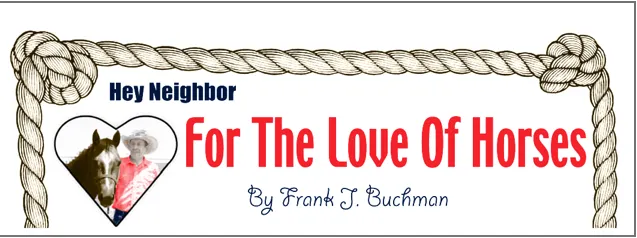This time of year, when the eight-letter word “football” fills many people’s thoughts, our thoughts as hunters and trappers should dwell on another eight-letter word, “scouting.” Here in the farm country of the Midwest, game movement patterns often change from year to year and even from season to season because of annual crop rotation, weather extremes and habitat changes, among other things. Although many good hunting and trapping hotspots produce game and fur year after year, many do not because of these factors.
Annual crop rotations play a huge part in the daily lives of wildlife. Where we used to hunt deer in southern Meade County, the terrain is rather bleak and the main crop by far is wheat. There’s always some hay around for deer to eat, but the tender green wheat is their mainstay. Any changes in wheat field locations from year to year mean certain changes in deer patterns and often in their home ranges. Here around McPherson County, annual crop changes don’t have such a drastic effect because there’s always an edible field crop of some sort near a deer’s chosen home range. Crop changes here effect wildlife movement most of all. For instance, tall crops like corn and silage offer excellent cover for deer and coyotes as they travel. Movement or harvest of those crops probably won’t change where these animals hunt, feed and bed, but it will often change the way they travel to get there.
Weather extremes, namely droughts and floods change wildlife patterns dramatically. Floods have a very temporary effect as they dictate where wildlife can and cannot travel, feed, hunt and bed during those times of high water. When the waters recede, life soon goes on again as usual. Drought on the other hand can have a long-lasting effect on wildlife patterns as they are often forced to relocate nearer to the few sources of water.
Habitat changes probably have the most effect on wildlife patterns. Removing overgrown tree and fence rows, bulldozing old orchards, tearing down and cleaning up old buildings in overgrown woodlots and even new construction such as building a new home on a previously empty and overgrown lot all destroy travel ways and hunting areas of local wildlife.
So, what to do? It’s called “mud on the boots!” Physically getting out into the areas you plan to hunt and trap before season is the only way to compensate for man and natures changes. Trail cameras are a good way to do that’ especially for deer. Hanging it near a trail will soon show you if the trail is used, by what and how often. Another good way is scouring the area for tracks. Be it deer, raccoons or coyotes every creature has four feet and wherever you find tracks you can bet the animal belonging to those four paws was mighty close! Last week I drove into and walked some new property I have permission to trap. I was becoming disappointed at the few coyote tracks I saw…until I crossed over a brushy overgrown lane into another field and suddenly found more coyote tracks than I’d ever hoped to see. I had walked that field this summer and found nothing, proving my point about seasonal wildlife patterns.
Even in this age of digital trail cameras and GPS technology the best and most reliable scouting tool available to the hunter and trapper is still the farmer and land owner. If you have permission to harvest game on their land, they are usually more than happy to talk with you about where and when they see that game, especially deer and coyotes, and no one knows that better than the farmers.
Just like we have to find new ways to travel around construction projects, or choose a new place to shop when our favorite grocery store is closed, so wildlife must adapt to the ever-changing world in which they live. So, to remain successful harvesters of that wildlife, we must occasionally get “some mud on our boots” and adapt our harvesting strategies to their changes…Continue to Explore Kansas Outdoors.
Steve can be contacted by email at [email protected].




